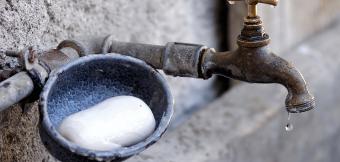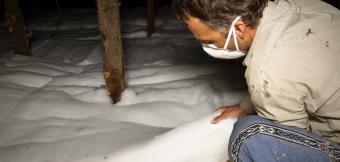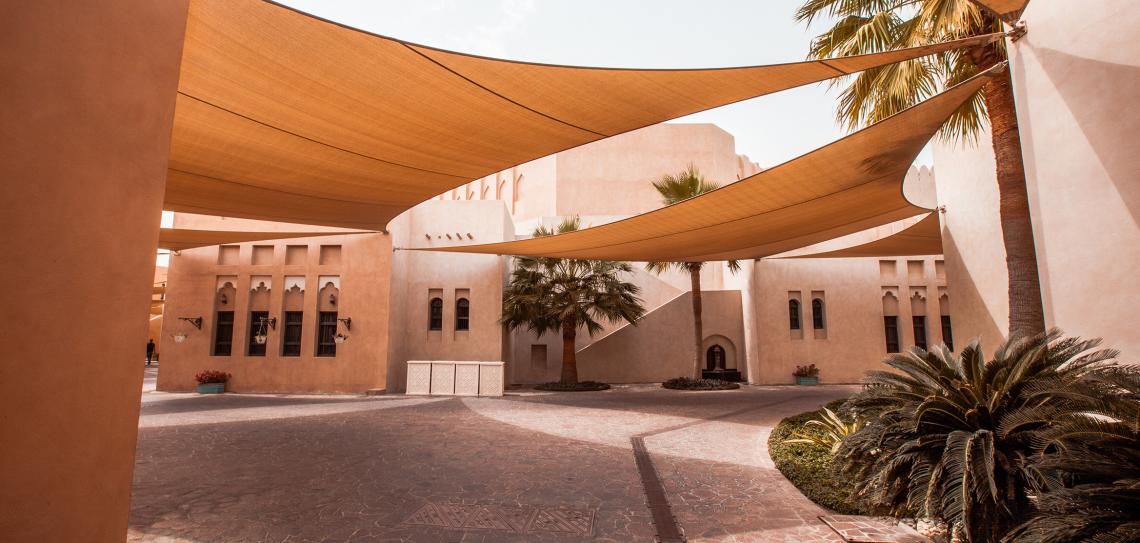
Keep your cool
Manage high summer heat without energy-hungry air conditioning. Adapt your home with tree shade, ventilation, insulation, thermal mass and a cool roof. Adapt your behaviour by using your coolest rooms, shutting blinds, slowing down, wearing less, getting into water and having a siesta.
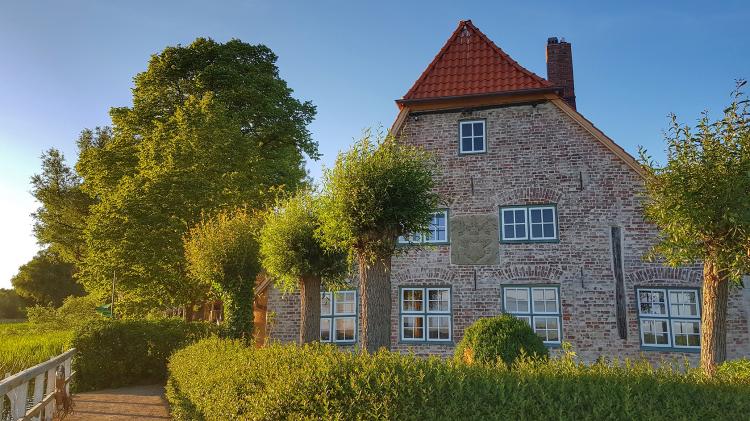
How hot is too hot?
The effects of excessive heat range from discomfort to disturbance of our work and sleep, to illness and even death. There is no set definition of excessive temperature. A useful measure for human comfort is the 'heat index' which combines heat with humidity to give a 'feels like' temperature.
Remember that reported temperature readings are made in the shade; being in direct sun can increase the temperature you experience by 20°, while sunshine through windows will push internal temperatures way up. You can use a wall thermometer to regularly check for overheating, with 25°C (77°F) being a good maximum target for indoor temperatures.
For a safe outdoor temperature, everyone has a different limit, so listen to what your body is telling you. Symptoms of heat stroke are headache, cramp, intense thirst, fast breathing, dizziness, loss of appetite, nausea and excessive sweating. If you experience these, act immediately to cool off and seek medical help.
Adapting your home
Humans have always lived in hot places and have designed their homes to cope with the heat. Here's some features that will permanently keep your home cooler:
Include roof overhangs and small windows. Very difficult to retrofit, but definitely a feature to consider if you're building from scratch, or moving house.
Use thermal mass. Walls of brick, earth or solid masonry will keep the inside temperature down by absorbing heat; the thicker the better.
Use trees. Deciduous trees on the sunny side of your property will block the sun's heat in summer, but allow winter sun through. The tree's transpiration will cool the surrounding air.
Use blinds. An exterior blind or awning, internal blinds or curtains, or traditional wooden shutters will block out the sun's rays. You could choose material that blocks heat but allows light through.
Use the cellar. This will be the coolest room in the house; traditionally used for keeping food fresh and cool, it has the same benefit for humans. If you don't have a cellar, maybe you could add one.
Create ventilation. Use stove, bathroom and laundry vents to send hot, humid air from cooking and showering outside. Open the ventilation strips in windows, doors and air bricks, especially at night.
Insulate. Insulating and draught proofing your home will keep it cool in summer and warm in winter. Check out Action 36: 'Change your heating', for tips on insulation.
Get a cooler roof. Black absorbs heat, as do metal and asphalt. So paint the roof a pale colour, or install a green roof, and insulate under the roof.
Use a dehumidifier. High humidity makes it feel much hotter as it limits your ability to sweat. Install a dehumidifier in cooking and showering spaces, and also by air intakes if possible.
Keep the building open and airy. This depends on local conditions, as where there are regular cool breezes it works well. Where it simply allows hot air from outside into a building, it backfires.
Avoid south facing flats. Many of the features in this list can be retro-fitted to your home, but a south facing flat with big windows and no shade is always likely to overheat on a sunny day.
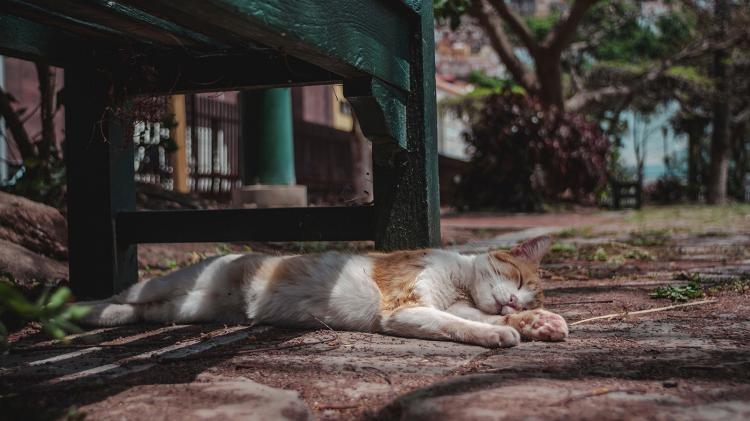
Adapting your behaviour
It much easier to change your behaviour to match the weather than to change the weather to match your behaviour!
Shut the windows and blinds. Close them early in the morning to keep the cool in and the heat out. Open them in the evening to let the heat out and the cool in. Take advantage of night time breezes.
Use fans. They use much less energy than air conditioning, so use them first, and turn them off when you leave the room. Placing a bowl of ice in front of the fan will cool the air further. If you do need air con, set your thermostat to around 25C.
Stay in the coolest rooms. The sunnier side of the house will be the hottest, so avoid it. The basement, if you have one, will be the coolest room. If using air conditioning, limit it to a few rooms and close off the rooms not in use.
Turn off appliances. Everything plugged into a socket will generate heat, so unplug everything except the fridge. Keep the oven and the lights off and minimise water heating. Run dishwashers and washing machines at night.
Get into water. Whether it's a domestic shower, a garden pool or open air swimming in a lake or sea, get into water to cool off. Take care: Talk to locals/ lifeguard before getting into the water, get in slowly to avoid cold shock, and don't take risks. Even just splashing or toweling your face with cool water will help you cool down.
Take a siesta. If you are able, sleep during the hottest part of the day. Or at least keep your sedentary, indoor tasks for midday and any outdoor or active work or travel for morning and evening.
Keep hydrated. It’s really important to keep taking on cool fluids all through the day, especially if you're sweating. This will keep you cool and avoid the danger of heat stroke. Eating watery fruit and salad is also good. Avoid too much alcohol and caffeine.
Wear less... but keep covered. Choose light, breathable fabrics. It’s tempting to strip off when you're outside, but you should always wear a hat, light loose clothing and high factor sunscreen.
Don't try and fight it. You may want to build your new extension or run a marathon on the hottest day of the year, but don't. Accept the conditions and plan your day accordingly.
Picture credits: 1) Jaanus Jagomagi - unsplash.com 2) Marcus Schorn - unsplash.com 3) Alex Plesovskich - unsplash.com
In a heatwave, slow down, take a siesta and keep hydrated
Implement a range of improvements to keep your home cool
In a heatwave, look out for elderly family and neighbours
Campaign for all new-build houses to include passive cooling

